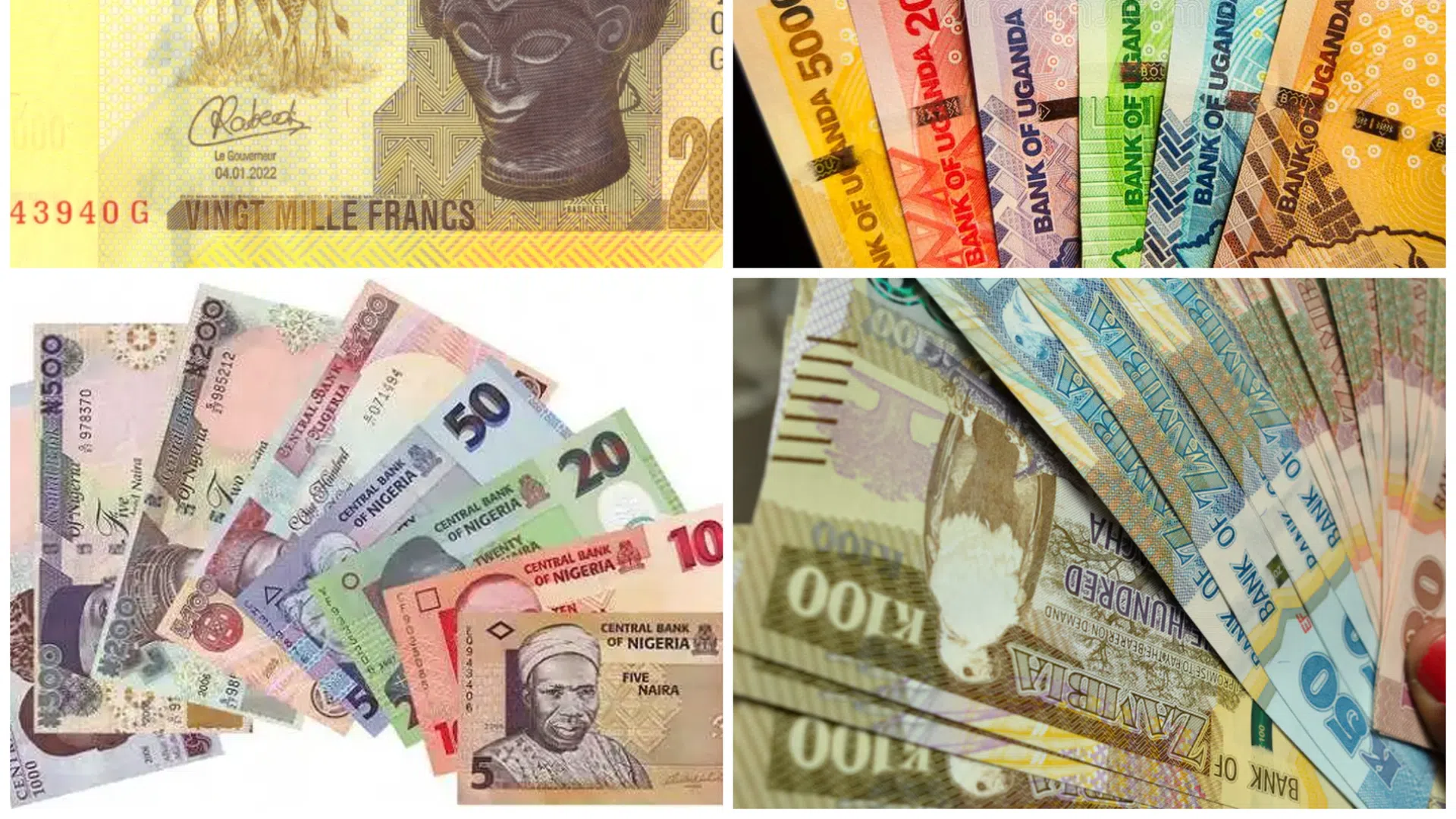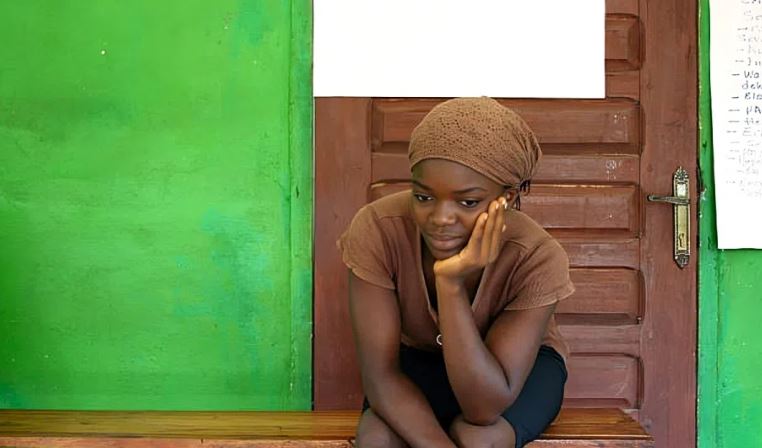In 2025, several African currencies showed rare strength against the US dollar — a surprising shift from the widespread depreciation that dominated much of the continent in previous years.
According to data compiled from Investing.com and Trading Economics, these currencies recorded impressive gains thanks to disciplined monetary policies, stable foreign reserves, and improved investor confidence.
Below is a list of the 10 best-performing African currencies in October 2025, and the key factors behind their resilience.
1. Congolese Franc (CDF) – 16.3% Appreciation
The Congolese Franc (CDF) led the continent, strengthening from 2,743.65 CDF/$ to 2,296.00 CDF/$, marking a 16.3% gain in October 2025.
This rally was fueled by strong foreign inflows from the mining sector, particularly cobalt and copper, and tighter monetary policies.
However, internal conflicts and structural weaknesses remain risks to long-term stability.
2. Ghanaian Cedi (GHS) – 12.8% Appreciation
The Ghanaian Cedi (GHS) appreciated by 12.8%, moving from 12.50 GHS/$ to 10.90 GHS/$.
This recovery stems from renewed confidence under the IMF Extended Credit Facility (ECF), increased cocoa, gold, and remittance inflows, and stronger fiscal discipline.
These measures helped stabilize Ghana’s economy after a turbulent start to the year.
3. Zambian Kwacha (ZMW) – 7.3% Appreciation
The Zambian Kwacha (ZMW) rose 7.3%, from 23.87 ZMW/$ to 22.13 ZMW/$, driven by progress in debt restructuring, strong copper exports, and investor optimism.
Zambia’s success under the G20 Common Framework also reduced fiscal pressure and boosted currency stability.
4. Nigerian Naira (NGN) – 3.4% Appreciation
The Nigerian Naira (NGN) strengthened by 3.4%, improving from 1,478 NGN/$ to 1,427.50 NGN/$.
This modest gain followed foreign exchange reforms and tighter monetary controls by the Central Bank of Nigeria (CBN).
Higher oil prices and remittance inflows provided short-term relief, though structural issues like weak non-oil exports remain.
5. Egyptian Pound (EGP) – 1.3% Appreciation
The Egyptian Pound (EGP) appreciated by 1.3%, from 47.85 EGP/$ to 47.24 EGP/$.
Stability in Egypt’s currency reflects IMF-supported reforms, stronger tourism revenues, and steady foreign direct investment (FDI) inflows that helped cushion inflationary pressures.
6. Sierra Leonean Leone (SLL) – 0.7% Appreciation
The Sierra Leonean Leone (SLL) gained 0.7%, strengthening from 23,311 SLL/$ to 23,152 SLL/$.
This improvement is linked to monetary tightening by the Bank of Sierra Leone (BSL) and sustained donor inflows.
While inflation remains high, the Leone is showing signs of stabilization.
7. Seychellois Rupee (SCR) – 0.7% Appreciation
The Seychellois Rupee (SCR) rose by 0.7%, moving from 14.96 SCR/$ to 14.86 SCR/$.
Seychelles’ recovery is powered by robust tourism, sound fiscal management, and a balanced monetary approach, keeping inflation and currency volatility in check.
8. Mozambican Metical (MZN) – 0.45% Appreciation
The Mozambican Metical (MZN) appreciated by 0.45%, from 63.91 MZN/$ to 63.62 MZN/$.
Backed by strong foreign reserves and steady exports from LNG and agriculture, Mozambique continues to enjoy investor confidence.
Ongoing LNG developments remain key to sustaining this trend.
9. Ugandan Shilling (UGX) – 0.23% Appreciation
The Ugandan Shilling (UGX) strengthened slightly by 0.23%, from 3,485 UGX/$ to 3,477.05 UGX/$.
Its resilience was supported by remittance inflows, agricultural exports, and tight monetary policy from the Bank of Uganda.
Attractive bond yields also drew foreign investors to Uganda’s markets.
10. Eritrean Nakfa (ERN) – Stable (0.00%)
The Eritrean Nakfa (ERN) remained unchanged at 15.00 ERN/$, maintaining its official peg to the US dollar.
While this reflects policy-driven stability, the fixed regime limits flexibility and often leads to foreign currency shortages in the parallel market.
What These Trends Mean for Africa’s Economic Outlook
Despite ongoing challenges — from inflation to external debt — these performances show that discipline, diversification, and sound economic policies can yield tangible results.
Countries like Ghana, Zambia, and Nigeria demonstrate that monetary reforms and investor confidence can strengthen currencies even in volatile global markets.
As 2025 draws to a close, one key question remains:
👉 Will these gains hold steady into 2026, or are they short-lived rebounds amid a turbulent global economy?





















